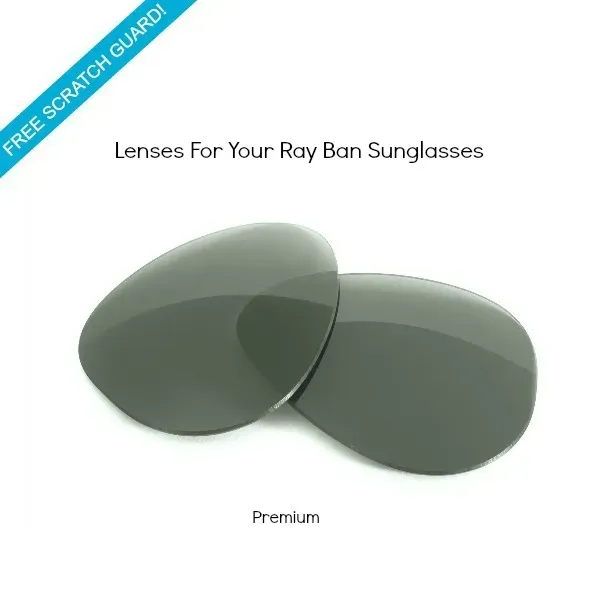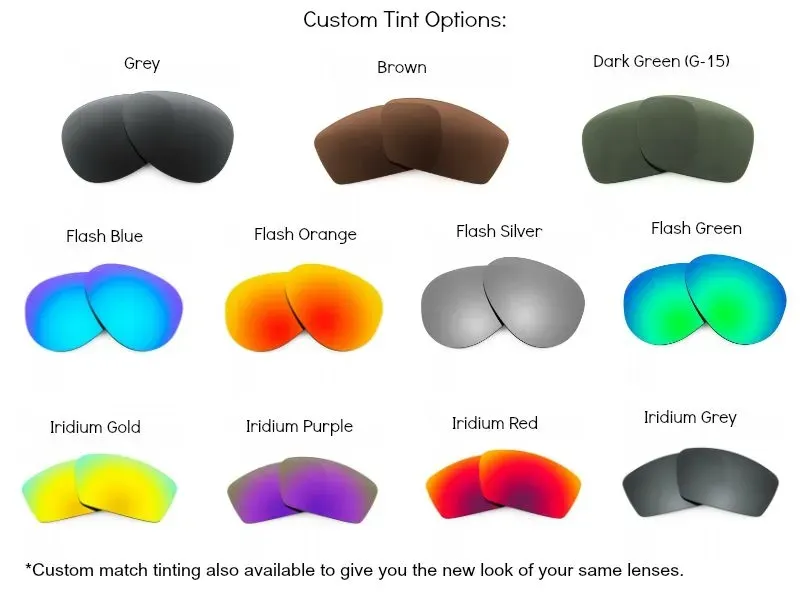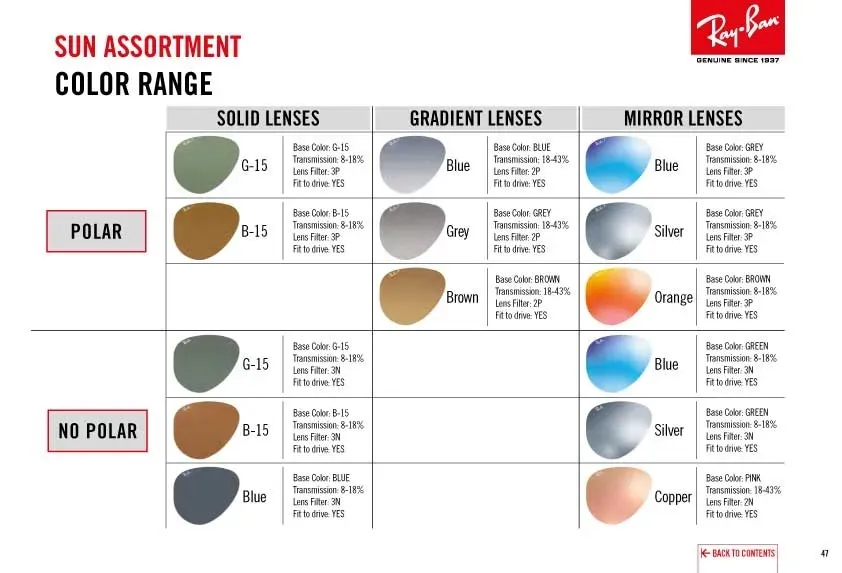Table of Contents
Squinting through regular sunglasses while trying to read a menu or navigate traffic is frustrating, right? For anyone who wears glasses, prescription sunglasses aren't a luxury; they're a necessity for clear vision and eye protection in bright conditions. But then comes the inevitable question that hangs in the air: just how much are prescription sunglass lenses going to set you back? It's not a simple yes or no answer, and honestly, the price tag can feel like a moving target depending on where you look and what you need.
Understanding How Much Are Prescription Sunglass Lenses
Understanding How Much Are Prescription Sunglass Lenses
Why "How Much" Isn't a Simple Number
So, you're asking "how much are prescription sunglass lenses?" and probably hoping for a single, easy number. Sorry to burst that bubble, but it's more complicated than grabbing a gallon of milk. Think of it like asking how much a car costs. Are you looking at a used hatchback or a brand-new luxury SUV? Prescription sunglass lenses are similar; the price tag swings wildly based on a few key things. It’s not just about putting a dark tint on your regular prescription. These lenses are engineered to correct your vision *and* protect your eyes from UV rays and glare, often requiring specific curves and treatments that standard clear lenses don't.
Setting Expectations for the Investment
Let's be real: prescription sunglass lenses are an investment in your vision and comfort. They generally cost more than non-prescription sunglass lenses, and often more than your clear prescription lenses, too. You're paying for specialized technology and craftsmanship. A basic pair might start somewhere in the low hundreds, perhaps $150-$200 for simple single vision in a standard material. But add features like progressives, high-index materials for stronger prescriptions, polarization, or premium anti-reflective coatings, and that number climbs. It's not uncommon to see prices reaching $400, $500, or even significantly more, just for the lenses themselves.
Here are some factors that immediately start pushing the price up:
- Your specific prescription strength
- Lens material (plastic, polycarbonate, high-index)
- Lens type (single vision, bifocal, progressive)
- Added coatings (anti-scratch, anti-reflective, UV protection built-in)
- Polarization (a major cost driver for glare reduction)
- Brand of the lens or the retailer
Factors Driving the Cost of Prescription Sunglass Lenses
Factors Driving the Cost of Prescription Sunglass Lenses
let's really dig into what makes the price tag jump when you're figuring out how much are prescription sunglass lenses. It's not just one thing; it's a cocktail of features and requirements. First off, your actual prescription strength plays a big role. A simple correction for nearsightedness is generally less complex to grind into a lens than a strong prescription with significant astigmatism or a need for progressive lenses that correct for multiple distances. Then there's the lens material itself. Standard plastic is the baseline. Polycarbonate is more impact-resistant, which is great for active folks or kids, but it costs more. High-index materials are thinner and lighter for stronger prescriptions, preventing that "coke bottle" look, but they come with a higher price tag. The type of lens – single vision, bifocal, or progressive – dramatically impacts the cost, with progressives being the most complex and therefore most expensive.
"You wouldn't pay the same for a basic garden hose as you would for a high-pressure washer, right? Lenses are similar. You pay for the performance and features you need," an optician friend once told me. It stuck because it's true.
Comparing Costs: Buying New vs. Replacing Lenses for Prescription Sunglasses
Comparing Costs: Buying New vs. Replacing Lenses for Prescription Sunglasses
so you've got your favorite frames. Maybe they fit perfectly, you love the style, or perhaps they were a bit of an investment themselves. Now you need prescription sunglass lenses. The big question becomes: do you ditch those frames and buy a whole new pair of prescription sunglasses, or can you just swap out the lenses? Generally speaking, replacing the lenses in your existing frames is often the more budget-friendly route. Think about it – you've already paid for the frame structure, the design, the fit. All you need is the optic part. Many online retailers and some brick-and-mortar shops offer lens replacement services. You send in your frames, provide your prescription, pick your lens type and coatings, and they send them back with fresh, prescription sunglass lenses installed. This can shave a significant amount off the total cost compared to buying a brand new frame plus the lenses, especially if your current frames are high-end or a specific style you can't easily find again.
Smart Ways to Save on Prescription Sunglass Lenses
Smart Ways to Save on Prescription Sunglass Lenses
Shop Smart, Not Hard
Alright, let's talk strategy. Figuring out how much are prescription sunglass lenses is one thing; actually paying that price is another. The first rule of thumb is to shop around. Don't just walk into the first optical shop you see and assume that's the going rate. Prices for the exact same lens type, material, and coatings can vary significantly between retailers. Think about it – overhead is different for a swanky downtown boutique versus an online store or a big-box retailer's optical department. Get quotes from a few places. Ask for a detailed breakdown of the cost for the lenses themselves, separate from the frames if you're buying new.
Don't be afraid to ask questions about their pricing structure. Are there package deals? Do they offer discounts for certain insurance plans (even if they don't cover everything)? Sometimes just showing you're price-aware can lead to them mentioning options you didn't know about. Comparing is key; it's the simplest way to avoid overpaying.
Picking the Right Lens for Your Budget
Another major lever you have is controlling the features you add to the lens. As we touched on, polarization, high-index materials, and certain coatings significantly drive up the cost of prescription sunglass lenses. Do you absolutely need the thinnest possible lens, or could a slightly thicker, less expensive material work for your prescription and chosen frame style? Is premium anti-reflective coating essential for sunglasses, or is a standard UV protection coating sufficient? While polarization is fantastic for cutting glare (especially around water or snow), it does add a noticeable chunk to the price. Be honest with yourself about what features are truly necessary versus nice-to-have.
Sometimes, opting for a slightly less premium version of a coating or material can save you a decent amount without compromising core functionality – which is seeing clearly and protecting your eyes from the sun. It’s about finding the right balance for your vision needs and your wallet.
- Prioritize essential features (UV protection is non-negotiable).
- Consider if polarization is a must-have or a preference.
- Evaluate if high-index is truly needed for your prescription strength.
- Ask about different tiers of anti-reflective or scratch-resistant coatings.
Explore Online Retailers and Lens Replacement
The internet changed the game for buying glasses and prescription sunglass lenses. Online retailers often have lower overheads than physical stores, and they can pass those savings on to you. Many reputable online sites offer a wide range of lens options, materials, and coatings at competitive prices. You'll need a current prescription from your eye doctor, and you'll likely need to know your pupillary distance (PD), but many sites provide guides on how to measure this yourself or can work with measurements from your doctor. The key here is doing a little research to ensure the online retailer is reliable and uses quality labs.
Alternatively, if you love your current frames, consider using a lens replacement service. Companies specializing in putting new lenses into your existing frames can be a fantastic way to save money. You skip the cost of a new frame entirely. Some services, like sunglasshub.org, focus specifically on providing high-quality replacement lenses, including prescription options, for a wide variety of frame brands. This path often proves significantly cheaper than buying a whole new pair from a traditional optical shop.
Making Sense of Prescription Sunglass Costs
So, you've seen that figuring out how much are prescription sunglass lenses involves more than just grabbing a pair off the shelf. The final price tag is a mix of your specific prescription, the lens material, the coatings you choose, and whether you're buying new frames or just swapping lenses. There's no single magic number, but understanding these factors helps you see where your money is going. Whether you opt for premium polarized lenses, scratch-resistant coatings, or stick to the basics, weighing the benefits against the cost is key. Don't just accept the first quote you get; shop around, ask questions about lens options, and consider reliable places like sunglasshub.org or your local optician. Getting clear vision in the sun is worth the investment, but being informed means you won't pay more than you need to.
